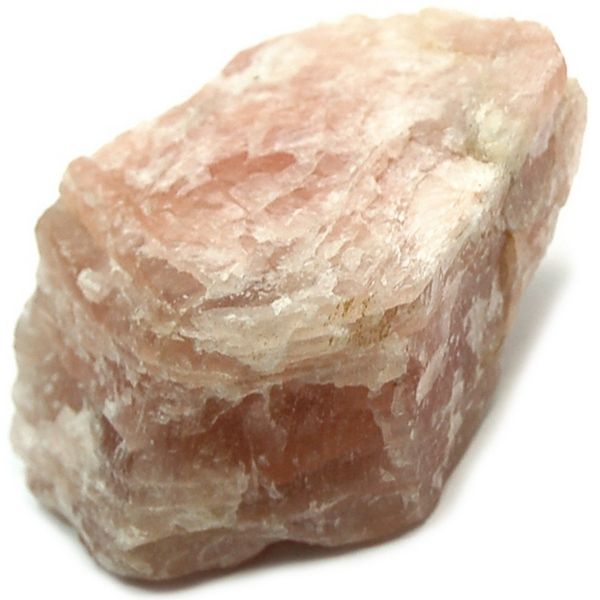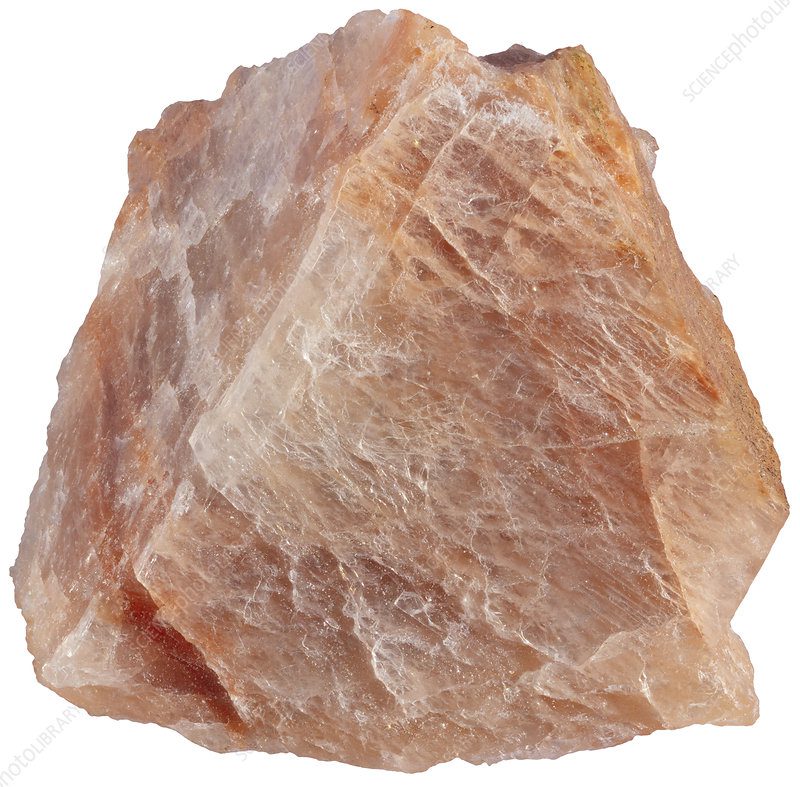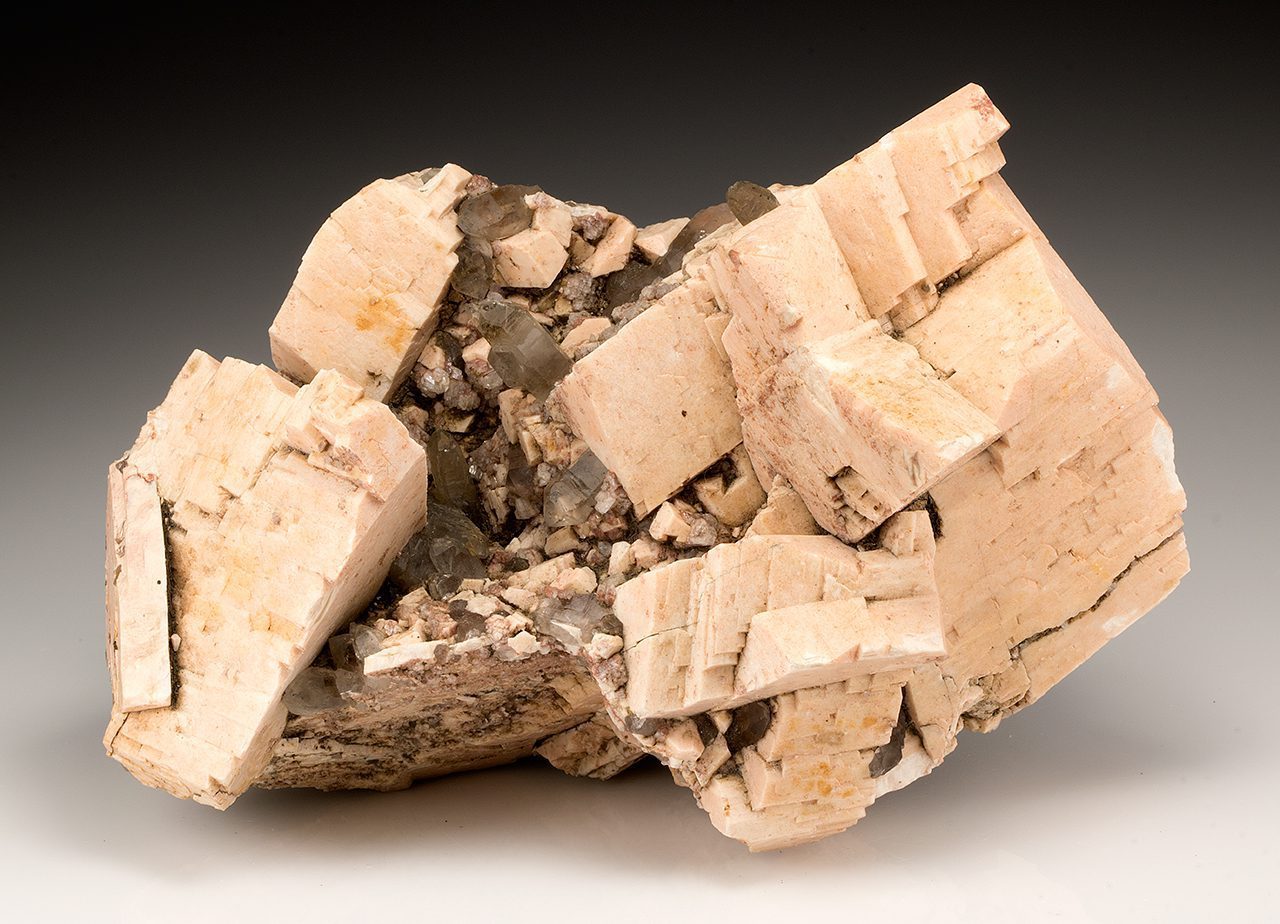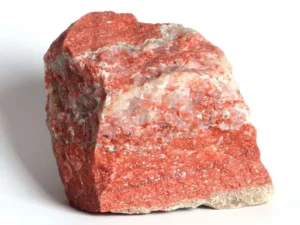Description
Orthoclase: The Understated Workhorse of the Earth’s Crust
Orthoclase, often overlooked in favor of its flashier feldspar siblings, is a crucial mineral in the Earth’s crust. While perhaps not as visually stunning as moonstone or labradorite, orthoclase plays a vital role in rock formation, ceramics, and even the beautiful pink hues of certain sunsets. Let’s delve into the world of this essential and surprisingly versatile mineral.
What is Orthoclase?
Orthoclase is a feldspar mineral, specifically belonging to the alkali feldspar group. Its chemical formula is KAlSi3O8, which translates to potassium aluminum silicate. This composition places it alongside other common feldspars like microcline and plagioclase, all fundamental building blocks of igneous, metamorphic, and sedimentary rocks.
The name “orthoclase” comes from the Greek words “orthos” and “klasis,” meaning “straight fracture.” This refers to its characteristic two directions of cleavage, which intersect at nearly right angles. While good cleavage is a defining feature, its hardness (around 6 on the Mohs scale) means it’s relatively resistant to scratching.
Appearance and Identification:
Orthoclase typically presents in shades of white, gray, pink, or yellow. In some cases, it can even be colorless. Its luster is usually vitreous (glassy), and it can be translucent to opaque. Crystalline forms are common, often appearing as prismatic crystals with a blocky shape.
Identifying orthoclase involves observing its color, cleavage angles, hardness, and association with other minerals. A trained geologist can usually differentiate it from other feldspars and similar-looking minerals based on these physical properties and, if necessary, through more advanced techniques like X-ray diffraction.
Where Does Orthoclase Form?
Orthoclase is incredibly common and forms in a wide variety of geological environments. It’s a primary mineral in many igneous rocks, including granite, syenite, and rhyolite. It also forms in metamorphic rocks like gneiss and schist, and can be found as detrital grains in sedimentary rocks like sandstone.
The specific conditions that favor orthoclase formation depend on factors like temperature, pressure, and the availability of potassium, aluminum, and silica. Its presence and abundance in a rock sample can provide valuable clues about the rock’s origin and history.
Uses of Orthoclase:
While not as flashy as gemstones, orthoclase has several important industrial applications:
- Ceramics: Orthoclase is a valuable ingredient in the production of porcelain, earthenware, and other ceramic products. It acts as a flux, lowering the melting point of the mixture and contributing to the finished product’s strength and durability.
- Glassmaking: Similar to its role in ceramics, orthoclase can be used as a source of aluminum and alkali in glass manufacturing.
- Abrasives: In powdered form, orthoclase can be used as a mild abrasive in polishing compounds and cleaning agents.
- Gemstone: While less common, transparent or translucent varieties of orthoclase can be cut and polished as gemstones. These are often faceted to showcase their brilliance.
- Geochronology: Potassium-argon dating, a common method for determining the age of rocks and minerals, relies on the decay of radioactive potassium isotopes found in orthoclase and other potassium-bearing minerals.
Beyond the Practical:
Beyond its industrial applications, orthoclase plays a subtle, yet significant, role in shaping our natural world. Its weathering and breakdown contribute to the formation of clay minerals, which are essential for soil fertility. Furthermore, the alkali elements released during orthoclase weathering can influence the pH of water and soil, impacting plant growth and aquatic ecosystems.
Perhaps less tangible, but equally important, is the contribution of orthoclase to the beauty of landscapes. The pink hues often seen in granite cliffs and mountain slopes, and even in the fiery colors of sunsets, can be attributed to the presence of orthoclase with trace amounts of iron.
Orthoclase: A Mineral to Appreciate:
So, the next time you encounter a granite countertop, admire a piece of porcelain, or marvel at a vibrant sunset, take a moment to appreciate the unassuming role of orthoclase. This common but essential mineral is a testament to the complex and interconnected geological processes that shape our planet. Despite its understated appearance, orthoclase is truly a workhorse of the Earth’s crust, silently contributing to the beauty and functionality of our world.










Reviews
There are no reviews yet.